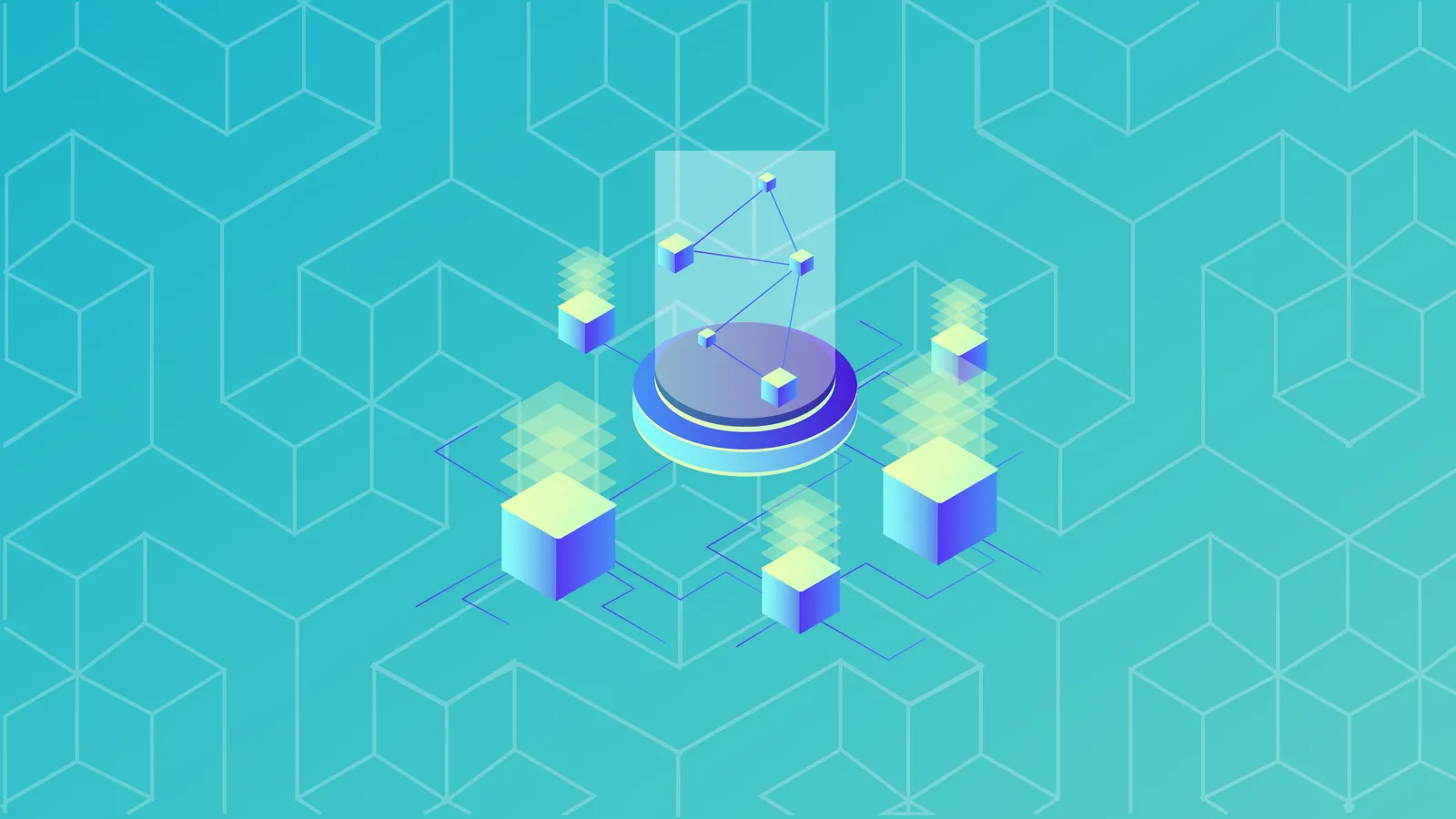Web3 (or Web 3.0) will revolutionize the way we use the internet by incorporating decentralization via blockchain technology. Some believe it will change the internet the way bitcoin (BTC) and other cryptos have altered the financial paradigm. In order to understand Web3, it’s helpful to understand Web1 and Web2:
Web1 (or Web 1.0) is what we now call the internet’s early days. Web1 allowed you to consume internet content, but little else. Internet websites were static and non-interactive; you could merely send simple one-way messages or emails. Companies were starting to build their own web sites but largely as a glorified press release; it wasn't a way to interact with the public.
In this way, you could compare Web1 with a physical newspaper. Composed of paper and ink, you are only a content consumer. There is no way to transparently see how popular an article is or who is reading it — and you can’t interact with fellow readers.
Web2 (or Web 2.0) is what most people simply think of as the current internet. Web2 is interactive and allows you to create your own content, comment and react to content, and interact with other users. This enabled the creation of social media networks and other interactive sites like Facebook, Twitter, Reddit, etc. Using our previous comparison, you could think of Web2 as our newspaper migrating to a website that allows you to interact in ways previously not possible.
Web3 is a response to concerns over personal data usage and internet privacy. In Web2, user data is largely controlled by major social media platforms, web browsers, and websites. Web3, conversely, is designed to be a more transparent and censorship-resistant version of the internet. More democratic than its Web2 predecessor, it puts people in control of both internet architecture and user data.
Using blockchain-based protocols in concert with AI, Web3 is a decentralized version of the internet that allows users to own their own data. Did you know?
Beyond that, Web3 embraces the crypto ethos and is designed to be permissionless (no centralized gatekeepers), trustless (no need to place trust in a third party), and open to all (little-to-no censorship of individuals/ideas).


